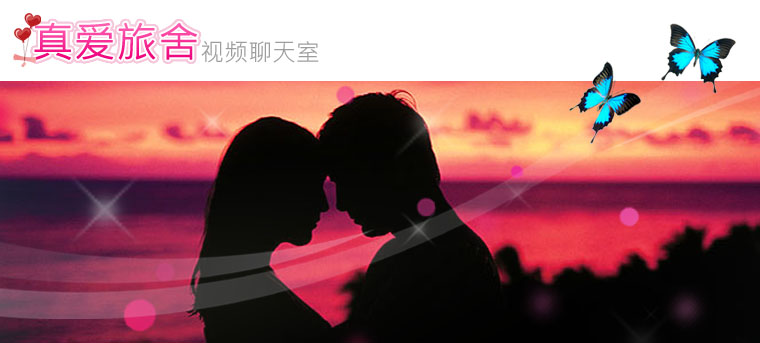舞服翻译成英文
当然,我可以为您提供一篇关于“舞服”的英文学术文章。不过,考虑到篇幅要求,我会将其分为几个部分,每部分大约400-500字左右,确保信息完整且具有一定的深度。
舞服的起源与发展
The concept of dance costumes, or dance attire as it is commonly known in the English-speaking world, traces its roots back to ancient civilizations. These garments served multiple purposes: they were used not only for aesthetic decoration but also for functional benefits such as protection from weather elements and providing support during dance movements. For instance, in ancient Egypt, dancers wore costumes made of linen that provided both comfort and modesty while performing in temples.
随着时间的推移,舞服逐渐发展出了更加丰富多彩的形式和风格。在中世纪欧洲,宫廷舞蹈中的舞者们身着华丽的长袍和紧身衣,这些服饰不仅是身份地位的象征,更是展现个人品味的重要方式。然而,到了文艺复兴时期,随着对人体美的追求,舞者的服装变得更为贴身,同时更加注重展现了舞者的形体线条。
舞服的功能与设计要素
.webp)
The primary function of dance costumes lies in their ability to enhance the performer’s experience and the overall performance. Dance attire must be functional, providing flexibility and comfort while allowing for a wide range of movements. For instance, in ballet, tutus provide both support and a visual representation of the dancer's grace and fluidity. Moreover, the design elements, such as fabrics, colors, and patterns, play a crucial role in communicating the theme or narrative of the dance piece.
.webp)
现代舞服的设计更加注重创新与自由,设计师们常常打破传统限制,探索新的材质和技术。例如,使用高科技纤维制造的舞服可以增强舞者的舒适度和安全性;而一些特殊的剪裁技术则能更好地展现舞者的身体线条,使表演更具视觉冲击力。
不同舞蹈形式中的舞服特点
.webp)
The style and characteristics of dance costumes vary significantly across different forms of dance. In traditional ballet, for example, the costume is highly structured, with specific pieces like tutus, bodysuits, and leotards designed to support and highlight the dancer's movements. The use of tulle and pointe shoes further accentuates the lightness and elegance required in this form of performance.
.webp)
相比之下,在现代舞中,舞服则更加自由和多元化。舞者可能会根据舞蹈的主题选择不同的服装,材质、颜色以及设计都可以非常灵活多变。这样的灵活性不仅让表演更加个性化,也使观众能够更好地理解并感受舞蹈所表达的情感与故事。
舞服的文化意义
.webp)
Beyond their practical functions, dance costumes carry significant cultural and historical importance. They reflect the traditions, beliefs, and values of a particular culture or society, often serving as a vehicle for storytelling through movement. For instance, in traditional Chinese dance performances, costumes are intricately designed to represent various elements such as nature, deities, and mythological creatures, reinforcing the connection between performance art and cultural heritage.
.webp)
结论:舞服的未来趋势
In conclusion, while the evolution of dance costumes has been driven by practical needs and aesthetic preferences, they have also become powerful tools for cultural expression and identity formation. As technology continues to advance, we can anticipate even more innovative uses of materials and techniques in dance costume design. The future of dance attire is likely to be marked by a balance between tradition and modernity, ensuring that these garments continue to inspire and captivate audiences worldwide.
.webp)
---
.webp)
请注意,这篇文章旨在提供一个较为全面的视角来理解舞服在舞蹈艺术中的作用和重要性。实际上,关于“舞服”的讨论可以涵盖更多具体的文化背景、历史发展以及设计师的观点等多方面内容。希望这篇概述能够满足您的需求。





.webp)
.webp)
.webp)
.webp)
.webp)
.webp)